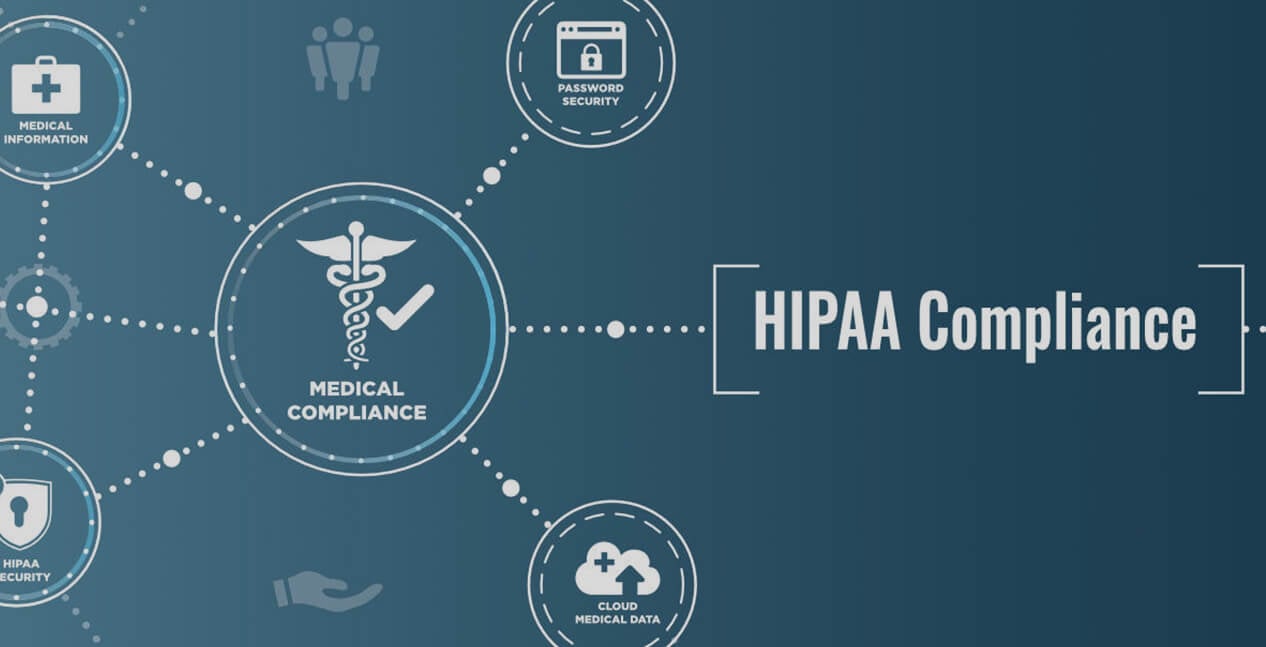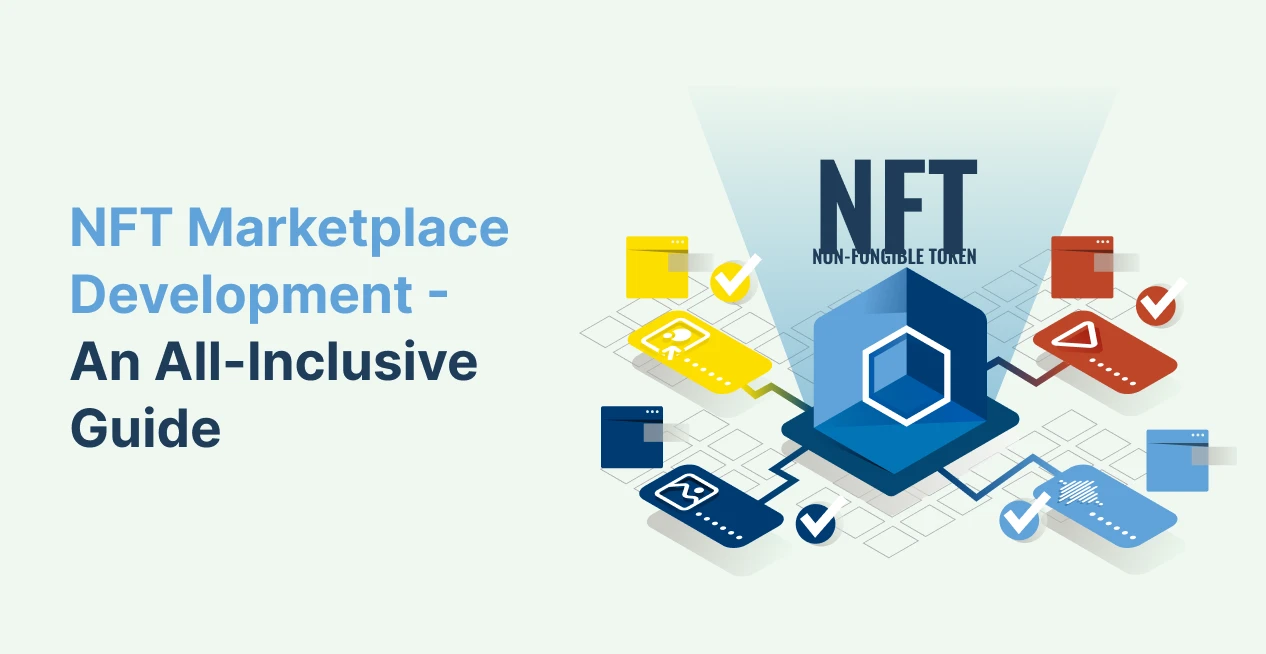In this guide on “HIPAA Compliant App Development,” we delve into the intricate world of healthcare app development that adheres to the stringent standards of the HIPAA. Explore how our in-depth understanding of HIPAA compliance paves the way for the creation of secure and robust healthcare applications
We always have in mind what if someone hacks into our personal information. The risks are more as all of our allergies, family histories, and other data are in healthcare applications. No one would want to take the risk. All this information isn’t the kind of data that I can go back to and alter. Prevention is the only line of defense. In this case, a cure is out of the question. An excellent move in this direction is HIPAA compliant apps.
HIPAA Compliance
HIPAA stands for The Health Insurance Portability and Accountability Act. While developing a mobile application, we need to keep the HIPAA regulation in mind, or it can lead to reputation damage and errors that can quickly harm your business.
However, when it comes to execution, these rules can be very confusing. Let us look at the four main HIPAA rules that govern digital solutions to explain HIPAA compliance while designing a healthcare application.
- The HIPAA Privacy Rule: This rule sets national guidelines for the security of medical records of patients and other sensitive information about health, and they extend to health insurers, clearinghouses, and providers of health services performing electronically such medical transactions.
- Security Rule: The safety rule lays down national guidelines for the security of the information that is produced, obtained, used, or retained by the electronic personal health of the individual.
- Enforcement Rule: Include provisions on enforcement and inquiry, civil monetary fines for violations of HIPAA Administrative Simplification Laws, and hearing procedures.
- The HIPAA Breach Notification Rule: The HIPAA Note Rule deals with responding when your application breaks down.
The regulations are conducted on both front and backend, data transport, and also the infrastructure. The first aspect of compliance and enforcement of HIPAA regulation is to know the form of data that communicates with the healthcare software domain. Along with HIPAA, it is essential to know about PHI ( Protected Health Information).
Protected Health Information (PHI)
PHI stands for Protected Health Information and is any medical record information used to identify an individual and created, used, or disclosed, such as a diagnosis or treatment, during the provision of a health care service.
Even if you built your app to capture or use anonymous data that does not come under HIPAA on its own, you are subject to HIPAA compliance criteria if a user wishes to use your app to send PHI to a physician. Edge situation or not, the app comes under HIPAA as soon as PHI is involved.
Apps That Comply With HIPAA Rules
To check if the apps could comply with the HIPAA rules, we need to test them on three primary criteria. To define which of them are HIPAA compliant applications, their category, data, and apps security needs to be known.
Category
If an application is used by a covered authority such as a hospital, doctor, or health insurance provider, it would most likely comply with HIPAA compliance software creation criteria. For example, suppose you are trying to develop an application that encourages patient-doctor contact since both hospitals and doctors are protected organizations.
In that case, it will have to comply with HIPAA rules. On the other hand, since there are no protected individuals involved, an application that only helps an individual maintain a prescription schedule would not generally have to obey the HIPAA privacy laws.
It is essential to look at the Privacy Rule when we speak about individuals. When specifying who is responsible for ensuring that the PI information is not released, it discusses what Confidential Health Data is.
There are two categories of entities that are subject to comply with HIPAA regulations, according to the Privacy Rule:
- Business partner – These are the organizations on behalf of the protected entities that receive, store, process, and then transmit PHI.
- Covered entities – Are the healthcare institutions, vendors, clearinghouses, etc., that electronically execute certain administrative and financial transactions. Some of those deals include the transfer of money, electronic billing, etc.
The Data
Compliance with HIPAA is based explicitly on protected health records, any medical information that can be used to classify a person, and the knowledge that was developed, used, or reported at the time of providing a healthcare-managed service such as diagnosis or treatment.
PHI consists of two sections: information that can be individually identified and medical details. A significant thing to remember here is that the information becomes PHI only when the personal identifying information is connected to the medical information.
Security of apps
The last aspect that helps decide whether or not the creation of healthcare apps falls under HIPAA rules is linked to the technology used and consists of several requirements for the security and control of electronic protected health information access (ePHI). These requirements consist primarily of rules for honesty, audit, and access.
Advantages of HIPAA compliance
HIPAA regulation has been instituted to help both healthcare institutions and patients. With medical urgency in 2021, HIPAA compliance apps are more helpful. Hence, when developing HIPAA compliant software, both stakeholders must understand why it is relevant.
- Most important of all, no personal details are shared or disclosed without the patient’s consent.
- In HIPAA compliance, it is made sure that only the healthcare professionals share the details with the stakeholders.
- HIPAA increases healthcare providers’ knowledge and offers detailed guidance about how to keep the records of patients safe.
- According to the HIPAA regulations, it eliminates the need for providers to choose between contact speed and legal risk by sharing PHI.
- Under HIPAA, entities must disclose a violation to patients. Patients have full rights to their medical data. This allows data sharing between different healthcare organizations to flow smoothly.
- Cultivates an enforcement culture and a shared perception of the “right way” to treat patient data.
- Promotes conscientious PHI handling to maximize patient satisfaction and improves the score of HCAHPS (Hospital Consumer Assessment of Healthcare Providers and Systems).
- Decreases medical mistakes, increases patient satisfaction and confidence, enhances service quality, and generates operational efficiencies.
Steps to make HIPAA-Compliant App
After knowing how HIPAA works and its benefits, it’s time to get down to allowing your healthcare application to comply with HIPAA. Let’s review all the steps required, and never hesitate to reach out and ask if you feel like something is missing. Here’s how to create a HIPAA-compliant custom-built app.
HIPAA as a backend service
Each app these days is connected to some web applications, and healthcare service apps also work similarly. But the extended service needs to stay under HIPAA compliance. There are ample amounts of cloud providers that serve a backend that is enforced in HIPAA compliance. Some of the most trusted players who come to mind include:
- Truevault
- AWS Service
- Datica
- Engine for Google Compute
- Aptible
Separate app data
A lot of data together can slow down the performance of your application. It is advisable to maintain a separate database for patients’ information. That way, every byte of the app would not have to be encrypted and decrypted constantly and better the app’s performance.
Encryption
Encryption is the most crucial part of any application. Data should be encrypted at idle and transferred between apps and servers (on Smartphones and cloud locally). HIPAA standards for mobile devices and HIPAA compliance for web apps make encryption necessary in today’s digital world.
Audit and internal tests
It’s a brilliant idea to outsource testing to an independent agency that will inspect the software developers‘ work by conducting a range of checks. An audit is a necessary step in the implementation of HIPAA-compliant applications. Higher sanctions can be levied if a HIPAA program fails audit controls.
Please keep an eye on what happens with the PHI you store in your app. Throughout the system, keep track of every time any activities take place. It would help if you were mindful of all critical data operations carried out within HIPAA mobile applications.
Long term strategy
Ultimately, you will need to set up protocols for continuous HIPAA monitoring, as your application will continue to evolve and its protection should continue. PHI access must be controlled, security concerns detected, the efficacy of security measures must be periodically reassessed, and possible risks for breach on e-PHI evaluation.
HIPAA & COVID-19
During the COVID-19 pandemic, the Office for Civil Rights has relaxed HIPAA standards for all protected healthcare facilities offering telehealth services to patients. The agency would not penalize a healthcare provider that uses non-HIPAA-compliant telemedicine software in good faith to meet their patients’ needs. On the other hand, health insurance providers are not protected and must have to follow all HIPAA rules.
Cost to Develop a HIPAA Compliant app
The most critical concern is how much it would cost to create an app for a hospital. The cost of building a HIPAA-compliant smartphone app is calculated by a few main factors such as:
- Type of Organization
- Type of Application
- User role’s
Which clearly states, to develop an MVP and construct a HIPAA-compliant framework, one must consider the fundamental values one can have. It helps in focusing on critical features and creating a cost-effective project schedule.
The executors determine the cost of developing a mobile application. The average production team, on the other hand, knows how to create an app. However, finding a team with experience in HIPAA compliance app production is a challenge. While creating an MVP that doesn’t use PHI, It is better to be on the side of safety to use HIPAA-related technology.
HIPAA will eventually become a necessity, so it’s best to design into the app’s architecture from the start. Various options could help you in creating a HIPAA compliance app. Like Local agencies, Freelancers, Outsourcing developers, and more.
HIPAA enforcement costs are expected to be about $8.3 billion each year, with each practitioner costing around $35,000 per year to keep health information technology safe. The actual answer to this is the Cost of Building a HIPAA Compliant App completely depends on type, features, and usability. The project’s scale determines the cost.
Keep in mind that this is the expense of the original version of the software, not the ongoing upkeep. Lastly, earlier, it was estimated that developing an app was between $50,000 and $100,000, but it was just a third of the total cost. Updating, upgrading, and potential versions have also been applied all together.
Conclusion
It can be very damaging, and fines and mandatory remedial measures are among HIPAA violations’ repercussions. It’s better said than done to build a HIPAA-compliant app. It has a variety of factors that must be considered right from the start. To build a HIPAA compliant app, you should recruit an in-house app developer who is familiar with HIPAA rules and regulations.
However, if you want to make sure your software is genuinely HIPAA compliant, you’ll need to partner with a company that specializes in HIPAA compliant app creation. Also, after the pandemic healthcare sector is all booming. Soon the healthcare would transform digitally and be the new normal. This also means that there will be a sharp change in emphasis on regulation enforcement in the future.
FAQs
What is HIPAA Compliance?
HIPAA compliance is the procedure that insured companies and corporate partners use to preserve and safeguard Protected Health Information (PHI) by the Health Insurance Portability and Accountability Act.
How to make HIPAA Compliance Apps?
Select a clear privacy policy and do not store or cache PHI every time possible. Provide stable PHI data transfer and storage by using cloud storage, i.e., the cloud storage should also be HIPAA compliant. Any third-party suppliers must sign a Business Associate Agreement under HIPAA.
How long does HIPAA certification take?
It could take an average office less than six months to become HIPAA compliant for a full-time HIPAA employee.
Is HIPAA applicable to apps?
The FAQs explain that if protected health information is exchanged with a third-party app as instructed by the user, the HIPAA-covered person is not liable under HIPAA for subsequent use or dissemination of electronically protected health information, as long as the app developer is not a company.








